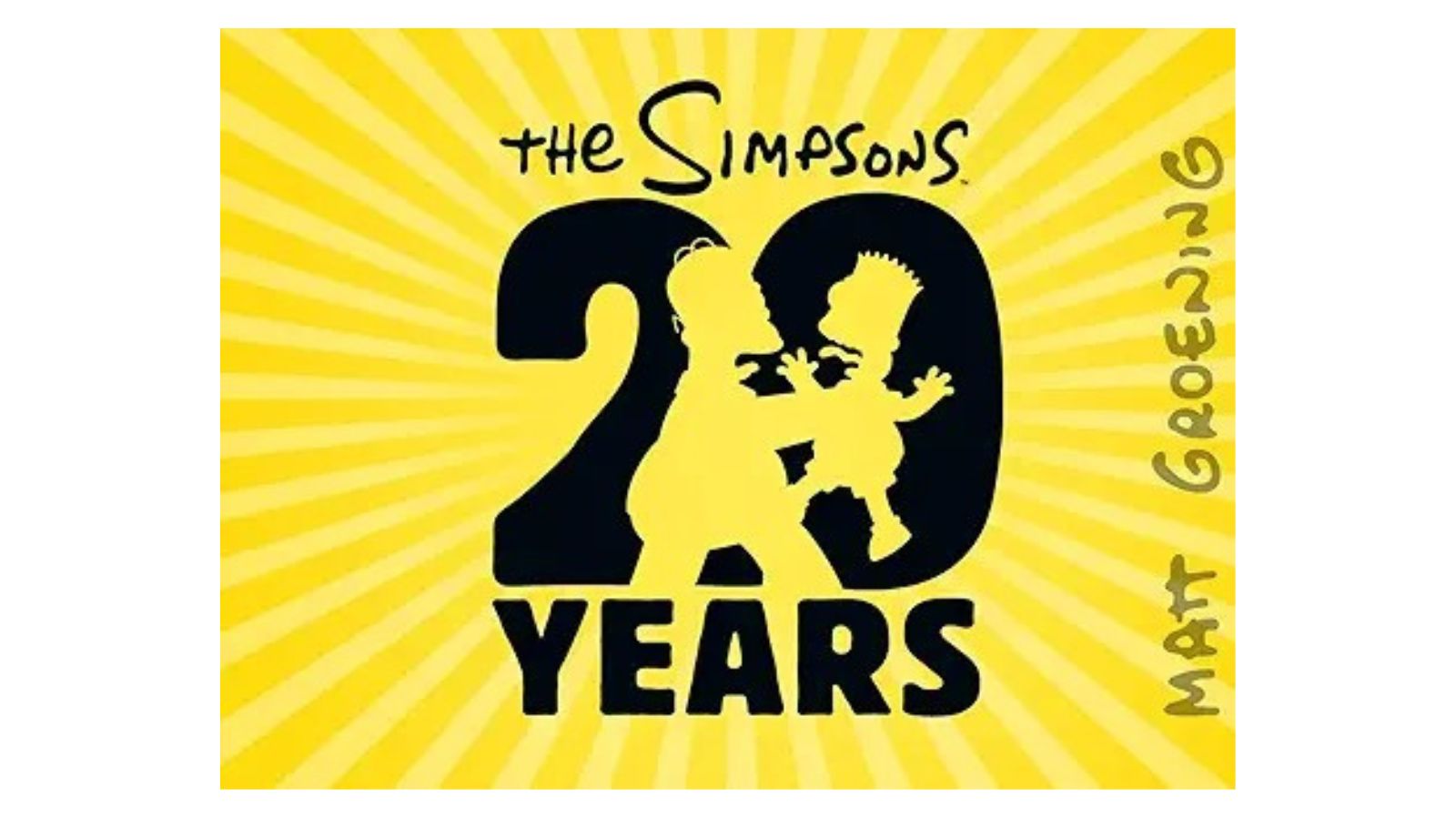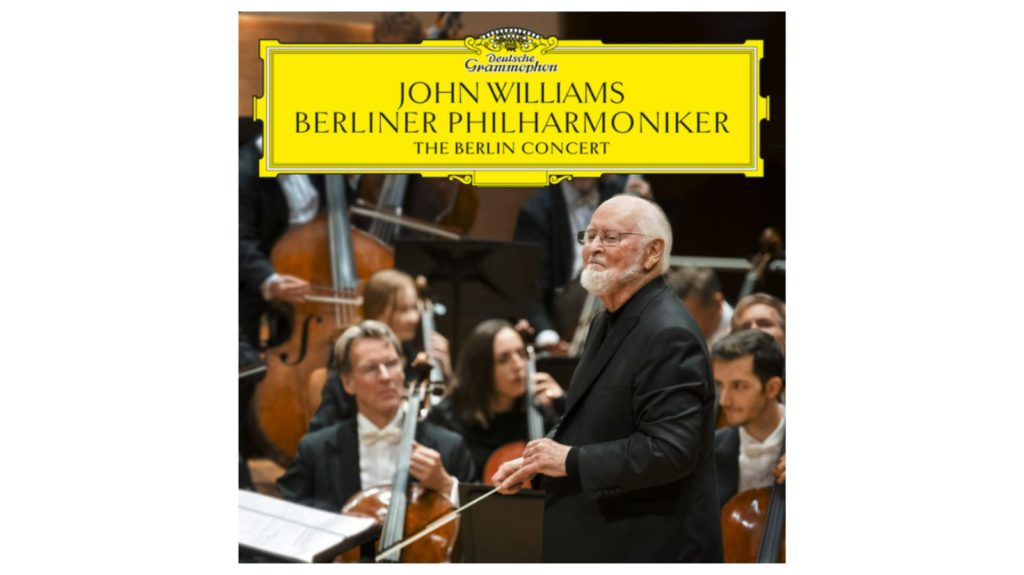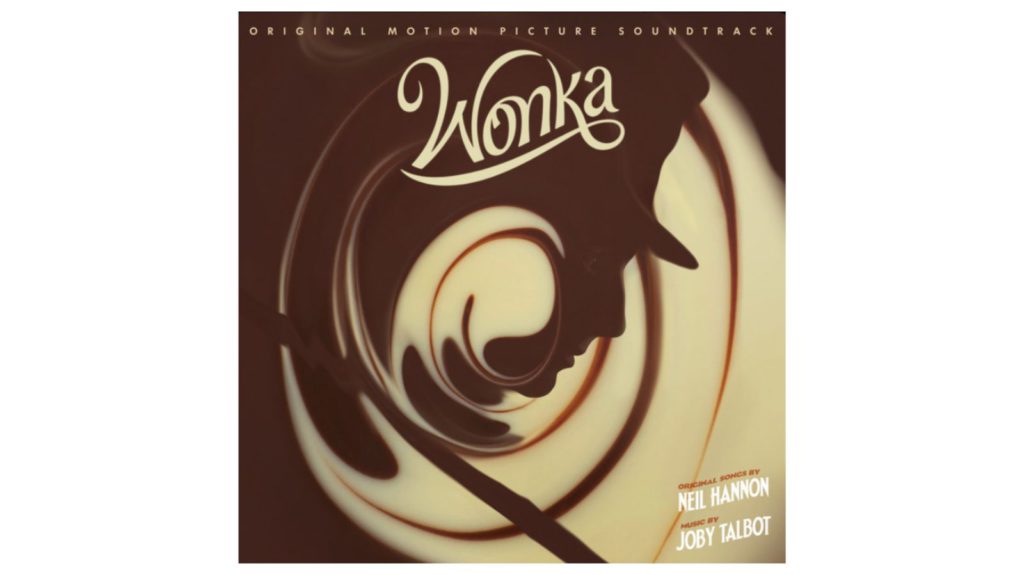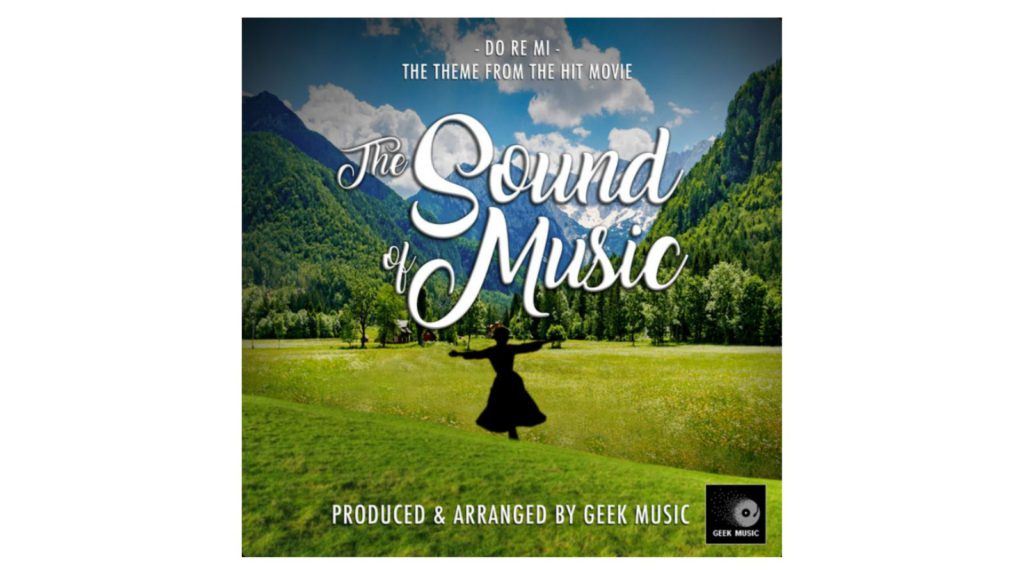
Musical intervals aren’t just theory-class footnotes—they’re the DNA strands that build everything from Hans Zimmer’s heart-pounding scores to that earworm you can’t shake. Master these building blocks, and suddenly you’re hearing music’s architecture, not just its surface. Like upgrading from standard to high-definition, your musical perception sharpens until you’re catching nuances that once slipped past unnoticed. We’ve mapped these intervals to film and TV themes you already know—sonic landmarks that have been living in your head rent-free for years.
Tritone (The Simpsons, Maria from West Side Story)

Rebellion lives within the tritone’s six-semitone span—exactly half an octave that medieval musicians called “diabolus in musica.” The Simpsons theme showcases this interval prominently (C to F♯), creating that instantly recognizable hook that’s survived over three decades of television. Leonard Bernstein employed the same interval in West Side Story’s “Maria” (D♭ to G), proving how tension-filled sound expresses intense longing when context shifts from comedy to romance.
Major Sixth (Leia’s Theme from Star Wars)

Warmth radiates from the major sixth when emotional connection becomes essential. John Williams uses this nine-semitone span masterfully in Leia’s Theme (A to F♯), creating that memorable melodic leap that instantly communicates heroic resilience. The interval’s natural brightness enhances emotional impact in scores, creating memorable themes that linger long after viewing. Trained ears find this one accessible for beginning recognition work.
Minor Second (Jaws)

Anxiety gets a soundtrack through the minor second, just one semitone of separation that somehow carries the emotional weight of impending doom. John Williams weaponized this interval in the Jaws theme (E to F), creating cinema’s most recognizable warning system. Those alternating notes function like your brain’s fight-or-flight response translated into sound. Musicians who develop sensitivity to this interval gain immediate access to tension’s DNA, discovering how minimal musical space creates maximum emotional footprint.
Perfect Fifth (Star Wars, E.T., Superman, Top Gun, Game of Thrones)

Hollywood’s heroic interval reigns through the perfect fifth’s seven-semitone span. John Williams particularly loves this bold, confident sound—hear it launching Star Wars (B♭ to F), E.T. (C to G), and Superman (G to C). Top Gun’s anthem (C to G) and Game of Thrones (G down to C) similarly harness their power across different genres. This interval’s natural resolution and stability make it perfect for conveying strength in storytelling, supporting everything from rock power chords to orchestral climaxes.
Major Seventh (Pure Imagination from Willy Wonka)

Sophistication meets tension within the major seventh’s eleven-semitone span—like gourmet chocolate with chili pepper. “Pure Imagination” from Willy Wonka (D♭ to C) demonstrates this perfectly, using the interval to create that slightly off-balance quality , capturing wonder mixed with uncertainty. The interval beckons toward resolution without quite arriving, creating suspended feelings that keep listeners engaged. Complex emotions emerge that words struggle to capture.
Minor Third (Beverly Hills Cop)

Versatility defines the minor third despite its reputation for melancholy. This three-semitone span creates the backbone of the Beverly Hills Cop theme, better known to younger listeners as the Crazy Frog sample that dominated 2005 ringtones. Context completely changes this interval’s character—what sounds wistful in a ballad becomes playful with tempo changes. Developing sensitivity to these jumps unlocks a deeper understanding of how seemingly simple pop hooks achieve their emotional complexity.
Octave (Somewhere Over the Rainbow, Singing in the Rain)

Completion defines the octave’s twelve-semitone journey—a note connecting with its higher self. “Somewhere Over the Rainbow” opens with this iconic leap (C to C), instantly establishing its dreamy atmosphere through perfect consonance. “Singing in the Rain” employs this same interval to create brightness and clarity. This universal sonic relationship resonates instinctively with listeners, providing a common foundation for global musical communication across all traditions.
Perfect Fourth (Harry Potter, The Good, the Bad and the Ugly)

Stability emerges from the perfect fourth’s five-semitone span, creating sonic bridges between fantasy realms and dusty frontiers. Hedwig’s Theme from Harry Potter (B to E) uses this interval to establish its measured magical atmosphere. The Good, the Bad and the Ugly (A to D) transforms the same musical distance into something foreboding and serious. Recognizing these connections deepens your appreciation for composers’ deliberate choices across seemingly unrelated genres.
Major Second (Eye of the Tiger)

Energy courses through the major second’s two-semitone span, powering anthems that push you through that final workout rep. Survivor’s “Eye of the Tiger” builds its iconic guitar riff around this interval, delivering a musical caffeine shot that’s sustained Rocky fans through decades of training montages. Many musicians report that after focused practice, they suddenly hear this interval everywhere—the musical equivalent of buying a red car and suddenly seeing red cars all over town.
Minor Seventh (Star Trek, Somewhere from West Side Story)

Yearning expands through the minor seventh’s ten-semitone reach, defining certain unforgettable melodies. Star Trek’s theme employs it beautifully (F to E♭), suggesting the vastness of space exploration through sound. West Side Story’s “Somewhere” (B♭ to A♭) demonstrates how this interval captures impossible longing. The significant distance between notes creates dramatic tension without losing melodic coherence, expressing complex emotions that resist simple categorization.
Major Third (Do-Re-Me)

Dopamine flows through the major third’s four semitones of pure sonic optimism. “Do-Re-Me” from The Sound of Music showcases this interval’s unmistakable brightness (C to E), instantly recognizable even to toddlers. Harmony’s cornerstone radiates childlike simplicity and joy, creating the distinctive sound that separates major from minor keys. Focus on its sunny quality during practice—soon you’ll catch yourself identifying it in everything from commercial jingles to classical masterpieces.
Minor Sixth (The Entertainer)

Nostalgia permeates the minor sixth’s eight-semitone journey through musical time. Scott Joplin’s “The Entertainer” features this interval prominently, creating that unmistakable ragtime flavor that transported audiences back to the early 1900s when featured in The Sting. This bittersweet interval achieves emotional complexity that pure major or minor tonalities can’t achieve alone, continuing to connect with contemporary listeners across generations.
Uricular: Your Pocket Ear Training Studio

Professional-grade listening skills no longer require expensive equipment or dedicated practice spaces. Uricular delivers focused interval training directly to your device, turning dead time into productive practice through immediate feedback that accelerates learning. Zero-cost entry removes traditional barriers. Consistent five-minute daily sessions produce noticeable improvement within weeks. Download today and make your commute work for your musical development—your future musical self will thank you for starting now.





















